Hi there, pet lovers! 🦘
Kangaroos are among the most iconic animals in the world, symbolizing the wild and rugged landscapes of Australia. Their powerful legs, muscular tails, and unique way of carrying young in pouches make them fascinating creatures. Many people admire kangaroos for their beauty and personality, which raises the question: Do kangaroos make good pets?
In this detailed review, we’ll take a closer look at everything you need to know about kangaroos — from their behavior and care requirements to the real challenges of keeping one. While they may look cuddly, raising kangaroos comes with serious responsibilities, costs, and risks that every potential owner should carefully consider.

Overview
Kangaroos are large marsupials native to Australia and belong to the macropod family, which also includes wallabies and quokkas. They are famous for their hopping locomotion, strong tails, and the females’ ability to carry young (joeys) in their pouches. Below is a quick summary of what to know about kangaroos as pets:
- Handling and Temperament: Can bond with humans, but males often become aggressive when mature.
- Care and Maintenance: Very demanding; require large enclosures, specific diets, and constant monitoring.
- Health and Durability: Sensitive to diet changes, prone to gut issues, and difficult to treat medically.
- Availability: Rare to own; laws and permits vary by region.
- Cost: Extremely expensive to house and maintain properly.
- Overall: Kangaroos are not recommended as pets for the average person. They require expert care, space, and dedication.
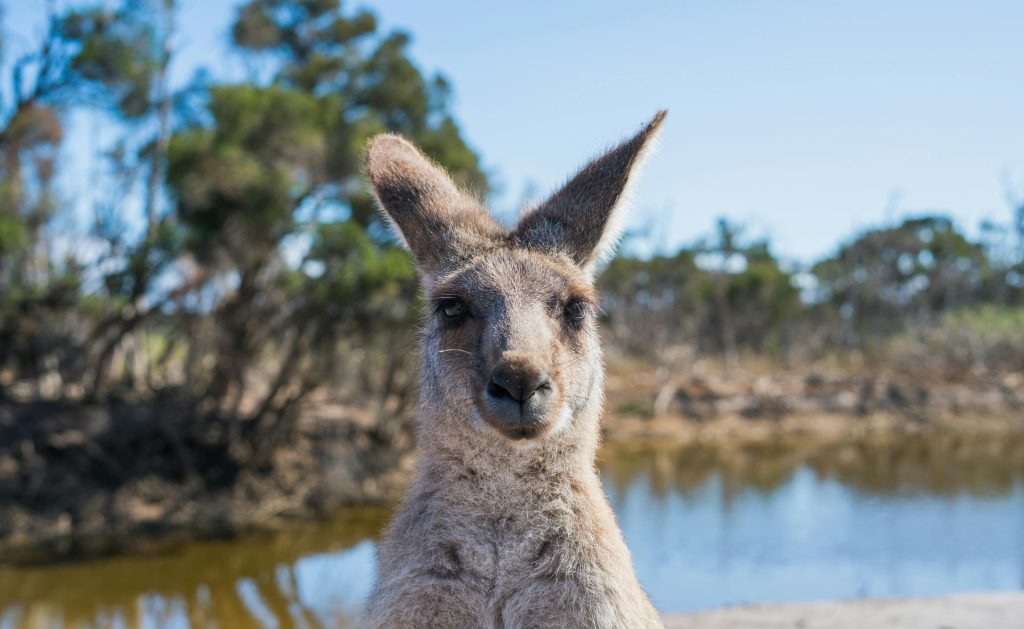
Why Choose a Kangaroo?
Kangaroos attract attention because of their unique appearance and behaviors. Some owners describe bonds with female kangaroos as gentle and rewarding, and joeys can be raised to recognize caregivers. They are intelligent animals that interact with their environment and display playful behaviors, such as “zoomies,” where they hop around energetically.
However, choosing a kangaroo is not like adopting a dog or cat. They are wild animals at heart, and their care demands go far beyond standard pets. Kangaroos may work well in licensed facilities, sanctuaries, or farms with the right permits and space, but they are rarely suitable as household companions.
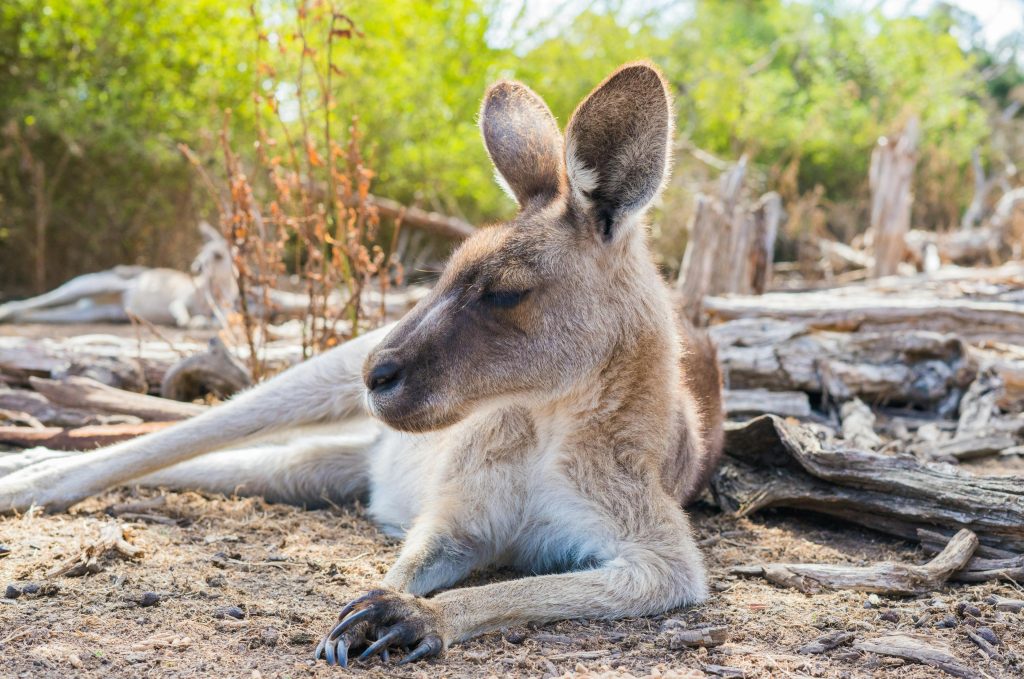
Handling and Temperament
Kangaroos display very different temperaments depending on their sex, age, and individual personality.
Personality Variations
- Female kangaroos, called flyers, are generally more social and can bond closely with humans. They may allow petting and bottle-feeding.
- Male kangaroos, called boomers, often grow territorial as they mature. Adult males can reach up to 7 feet tall and weigh 200 pounds, making them strong enough to cause serious harm.
Handling Tips
- Kangaroos should only be handled by trained caretakers. Bottle-feeding joeys can build trust, but mature kangaroos require cautious interaction.
- Diapers are unsafe, as constant rubbing near their cloaca can cause urinary tract infections.
- Always remember that kangaroos are capable of powerful kicks and strikes. Their claws are sharp, and their hind legs can generate deadly force.
Biting and Aggression
While females are less likely to be aggressive, males often display dominance by boxing, kicking, or grappling. Even hand-raised males can turn unpredictable once they reach breeding age. For this reason, most experts strongly discourage keeping males as personal pets.
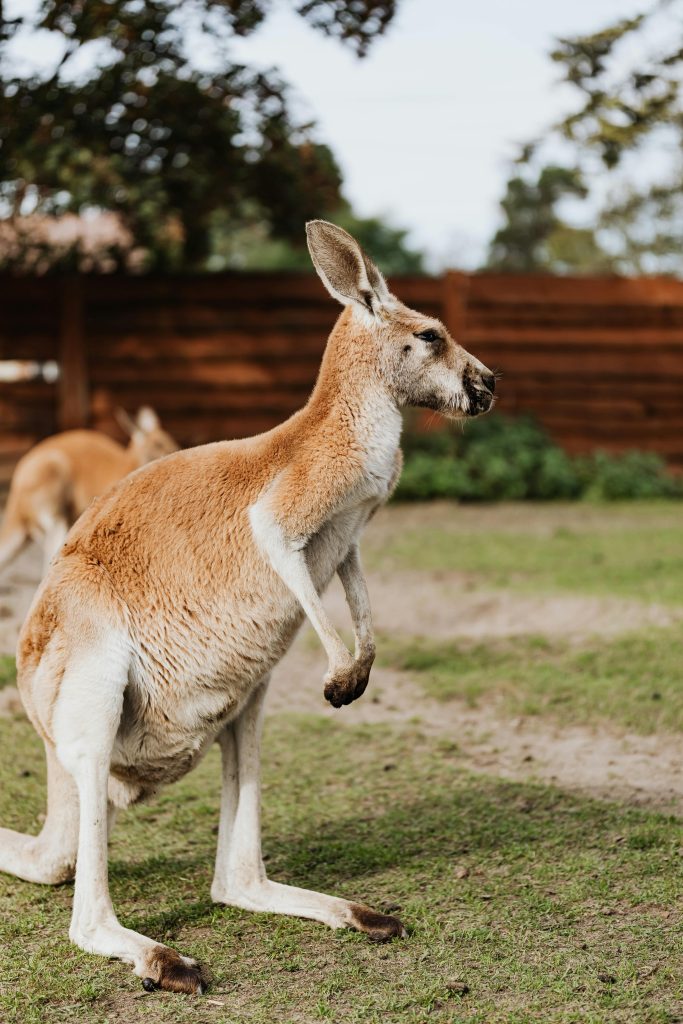
Care and Maintenance
Kangaroos are far more challenging to care for than most exotic animals. Their needs extend to space, diet, and environmental safety.
Enclosure Setup
- Size: A single kangaroo requires at least a quarter of an acre of secure outdoor space. Larger mobs (groups) need much more.
- Fencing: Minimum fencing should be 8 feet high, as kangaroos can jump up to 6 feet vertically and 25 feet forward in a single bound. A perimeter fence adds extra security.
- Shelter: Barns or indoor areas are needed for extreme cold or wet weather, though kangaroos are hardy down to the low 20s (°F).
- Environment: Grass areas should be carefully maintained. Sugars in grass rise after rain or midday sun, which can upset their digestive systems.
Diet and Feeding
Kangaroos are strict herbivores, but their diets are highly sensitive.
- Primary Foods: Orchard grass hay (soft hay to avoid “lumpy jaw”), specialized kangaroo pellets, and fresh grass.
- Feeding Schedule: Kangaroos graze throughout the day but are most active at night. They should have access to hay and clean water 24/7.
- Diet Challenges: Sudden diet changes, moldy hay, or sugary grasses can disrupt gut flora, leading to fatal conditions.
- Supplements: Bottle feeding is common for joeys or for administering medications.
Daily Care
- Cleaning enclosures and washing pouches (for joeys) is a constant task. Joeys cannot wear diapers safely, meaning caregivers may need to wash fabric pouches multiple times per day.
- Kangaroo tails frequently get soiled during accidents, requiring regular cleaning.
- Exercise and enrichment are necessary to prevent stress behaviors.
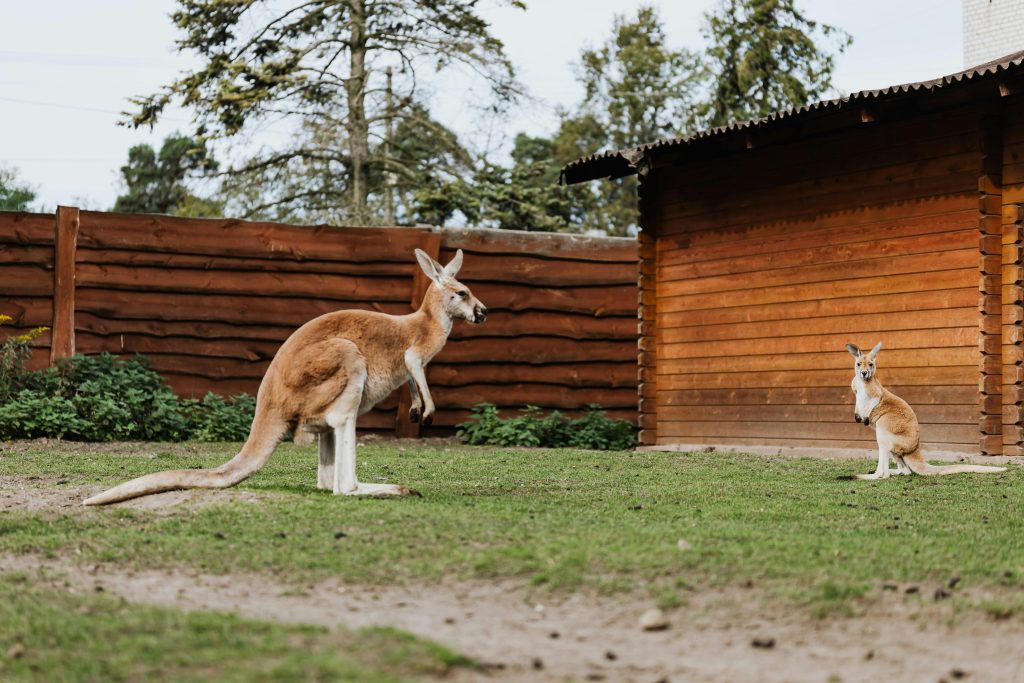
Health and Durability
Kangaroos may appear hardy in the wild, but in captivity, they are surprisingly fragile.
Common Health Issues
- Gut Imbalance: Incorrect diets or sudden changes can cause fatal digestive problems.
- Lumpy Jaw: A bacterial infection caused by coarse feed or poor dental wear.
- Urinary Tract Infections: Often linked to diaper use or poor hygiene in joeys.
- Stress Injuries: Kangaroos can injure themselves if frightened in confined spaces.
Veterinary Care
- Kangaroos are classified as macropods, and very few veterinarians specialize in their treatment. In many regions, there are no local experts, meaning caretakers must rely on advice from specialists in Australia or experienced breeders.
- Antibiotics can disrupt their gut flora, requiring probiotic treatments afterward.
Lifespan
With proper care, kangaroos can live 12–20 years in captivity, depending on species and environment. However, due to their complex needs, many captive kangaroos live much shorter lives.
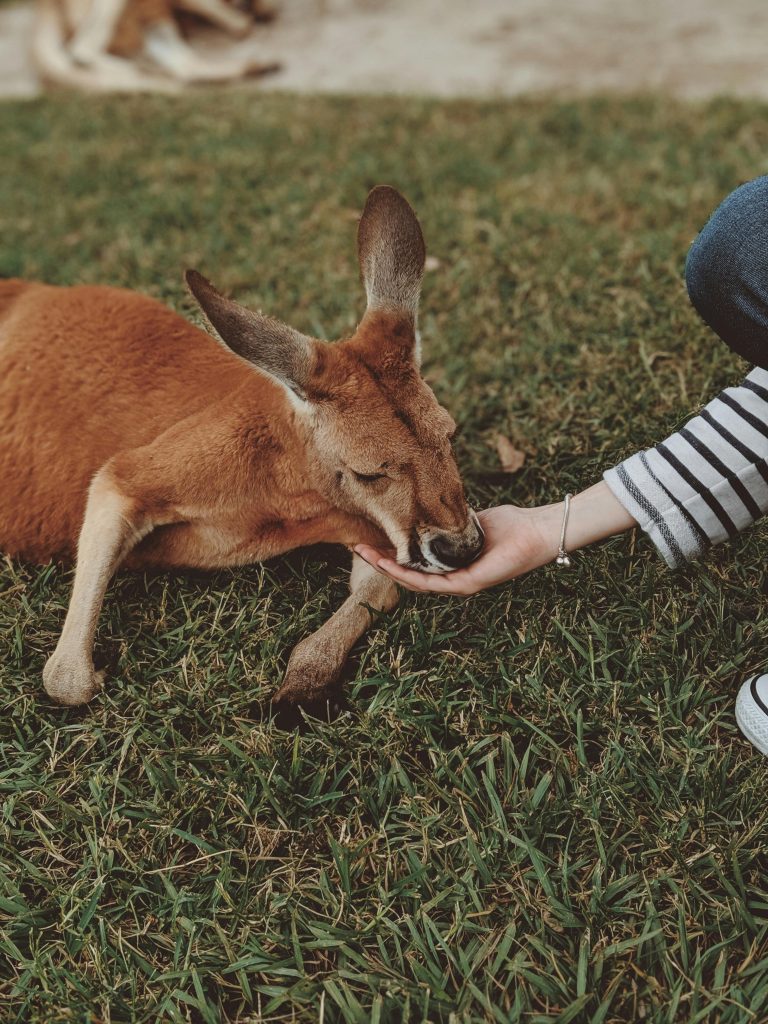
Availability and Cost
Kangaroos are not common pets, and their ownership is heavily regulated.
Where to Acquire
- Licensed Breeders or Farms: Some facilities in the United States and other countries raise kangaroos under strict regulation.
- Zoos and Sanctuaries: Typically the only places where kangaroos are well cared for.
- Exotic Animal Laws: Ownership laws vary widely. For example, in Pennsylvania, keepers must obtain a menagerie permit and USDA licensing, with inspections and proof of prior exotic animal experience.
Cost Breakdown
- Purchase Price: Joeys may cost $2,000–$5,000, depending on species and availability. Albino kangaroos and rare colors cost significantly more.
- Setup Costs: Secure fencing, shelter, and enclosures can run $10,000+ for proper facilities.
- Ongoing Expenses: Specialized food, veterinary care, and maintenance add thousands annually.

Pros and Cons
Pros
- Unique and fascinating animals.
- Can bond strongly with humans, especially females.
- Long lifespan (up to 20 years with proper care).
- Educational and outreach opportunities for facilities.
Cons
- Extremely expensive to buy and house.
- Require large amounts of land and tall fencing.
- Specialized diet that is difficult to manage.
- Limited veterinary options.
- Males are aggressive and potentially dangerous.
- Strict legal restrictions in many areas.
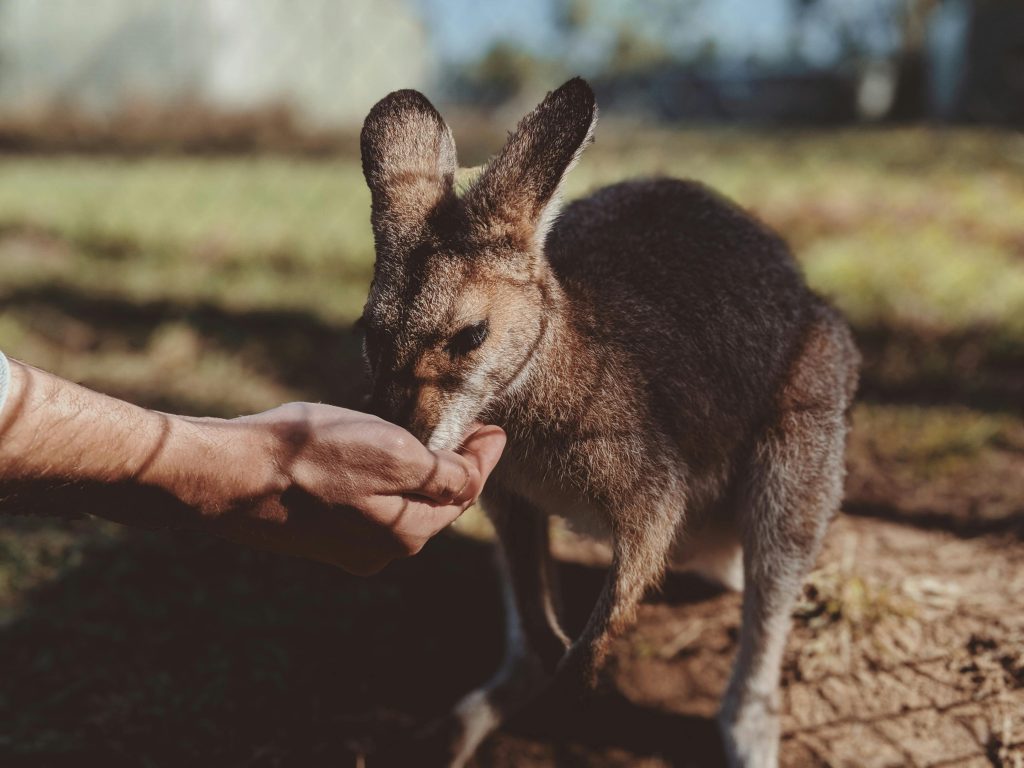
Final Thoughts
Kangaroos are undeniably captivating animals — their beauty, strength, and unique behavior make them stand out among all marsupials. But despite their appeal, kangaroos do not make good household pets. They are best cared for in professional facilities, licensed sanctuaries, or large private farms with the expertise, space, and permits to meet their needs.
For most people, kangaroos are animals to admire from a distance or in conservation settings, not to keep in the backyard. Their demanding diets, housing requirements, and potential dangers make them unsuitable for average pet owners.
If you are truly passionate about kangaroos, consider supporting wildlife foundations, visiting sanctuaries, or volunteering at licensed facilities. That way, you can enjoy the magic of kangaroos without the enormous challenges of private ownership.
Have you encountered a kangaroo up close? Share your experiences and impressions in the comments below — we’d love to hear your stories! And for more exotic animal care guides and reviews, stay tuned to our blog and subscribe for future updates. 🦘

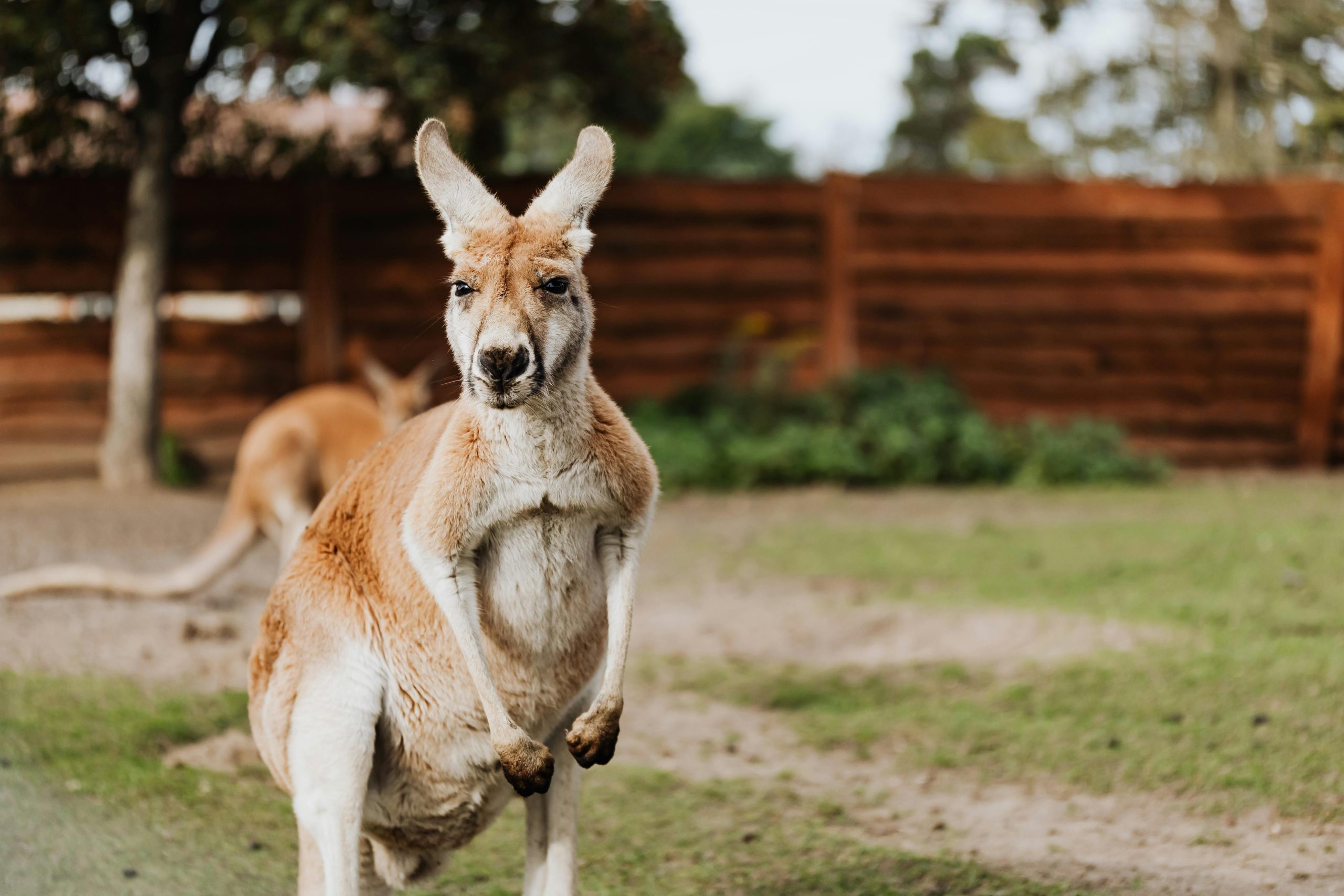

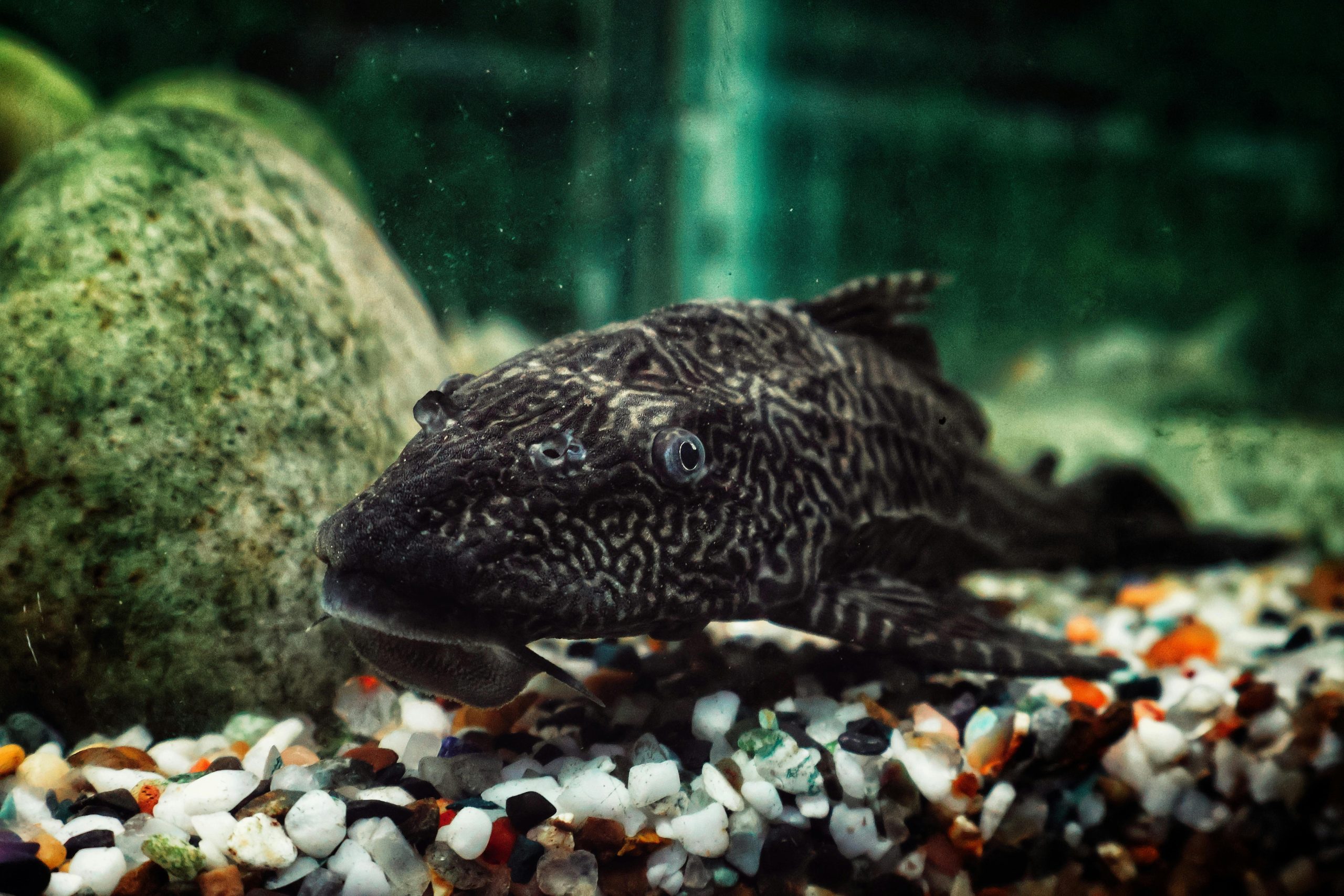

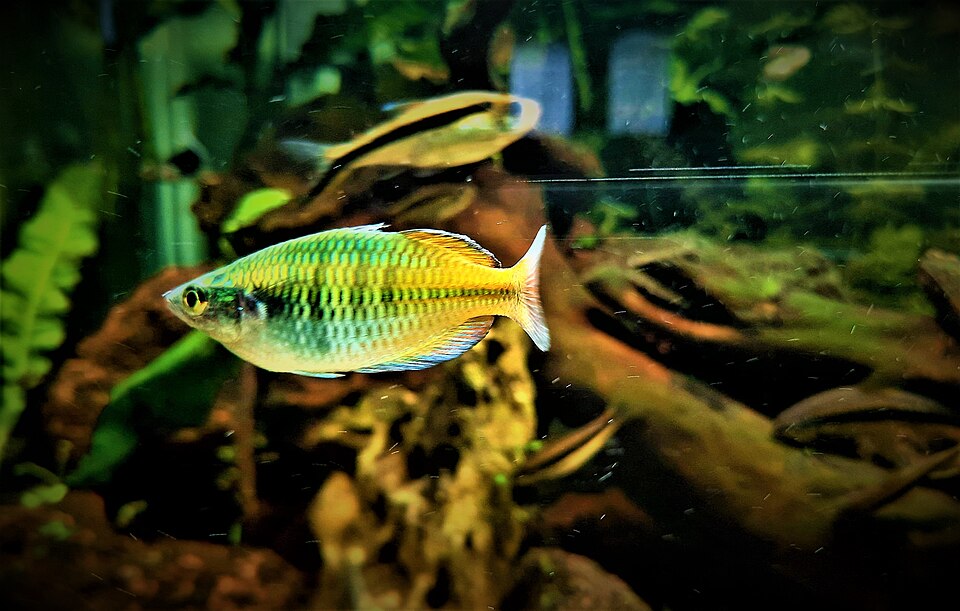
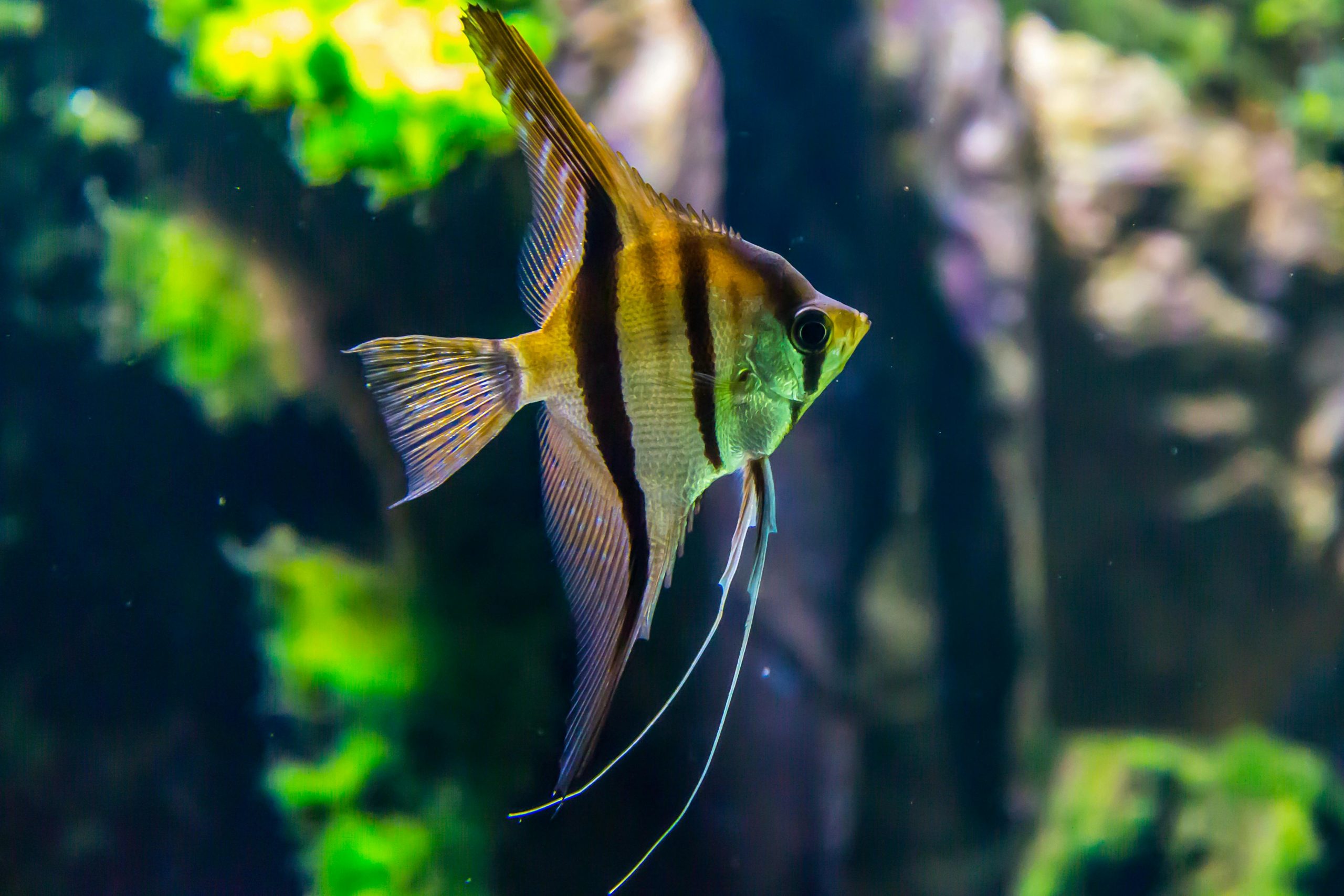
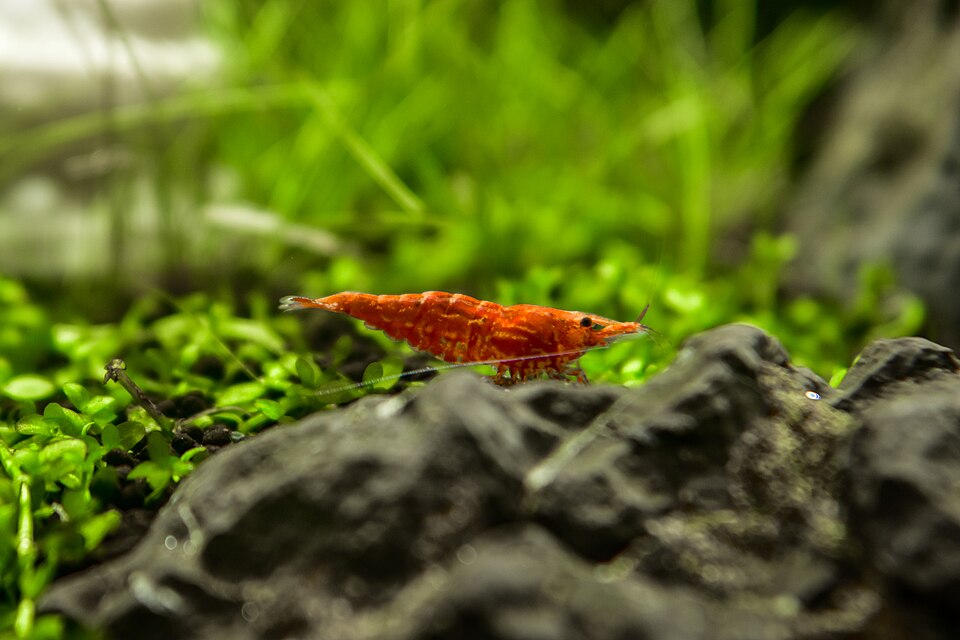
Leave a Reply